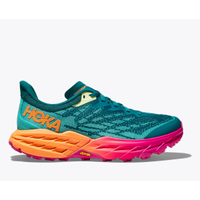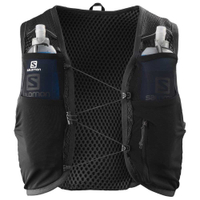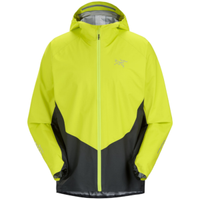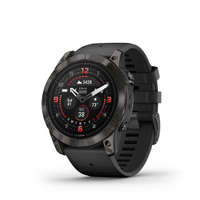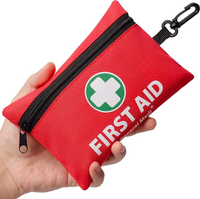These are my 5 trail running essentials for your next outdoor adventure
How to best prepare for a trail run
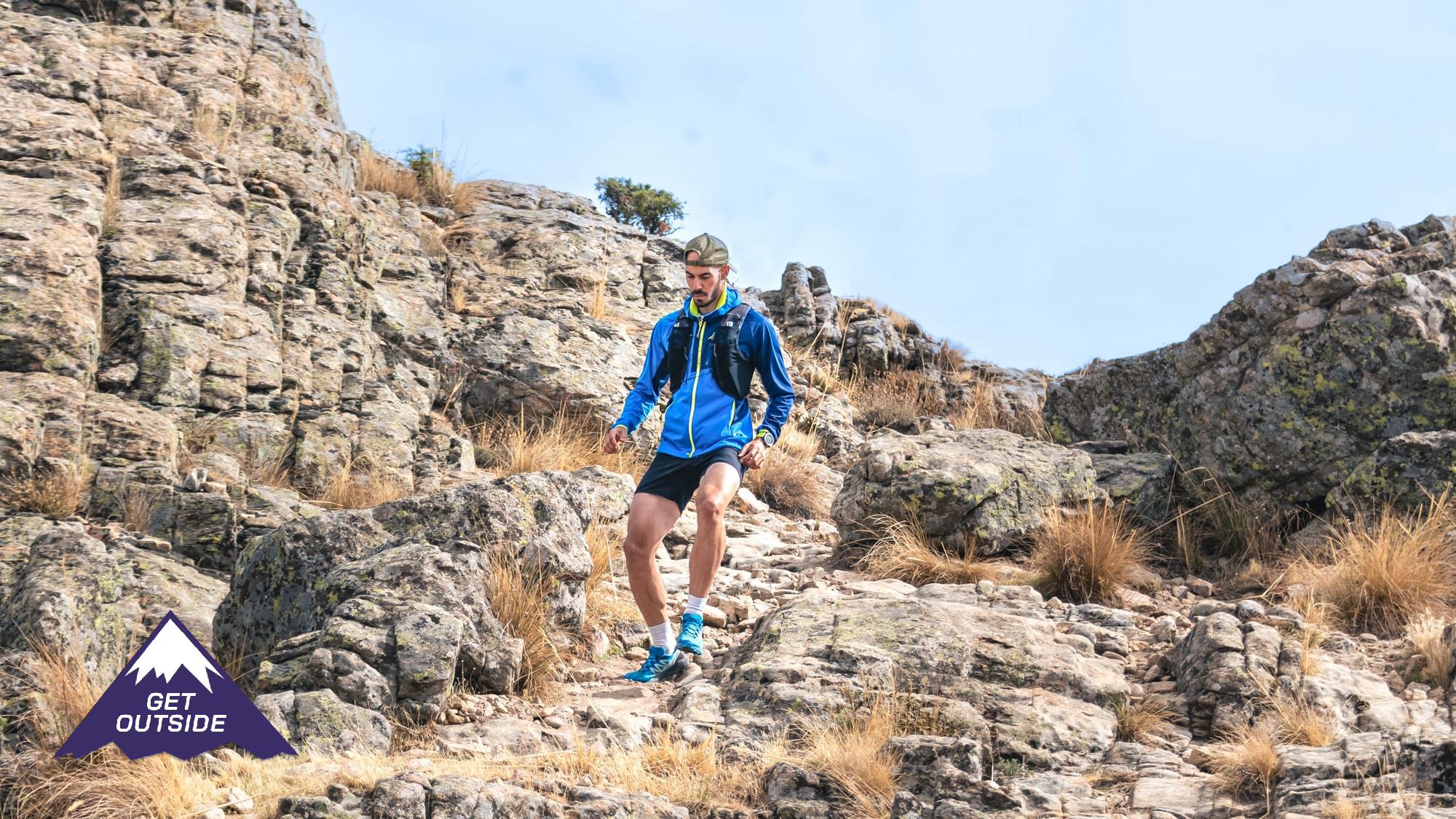
If you're considering trail running but aren't sure about the necessary gear, we've got you covered. Trail running differs significantly from road running, as it's less about finishing quickly or maintaining a consistent pace and more about navigating technical terrains, demanding a different set of skills and gear.
Whether you're a novice runner exploring trails for the first time or a seasoned road runner seeking a new challenge, you're not alone in venturing onto the trails for the first time. According to Strava, a popular fitness tracking app, the number of people uploading trail runs increased by 16% in 2023 compared to the year before.
To ensure you're fully equipped and feeling pumped to tackle the trails, here are the five essential items we recommend packing before leaving home for your next outdoor adventure.
1. The right shoes
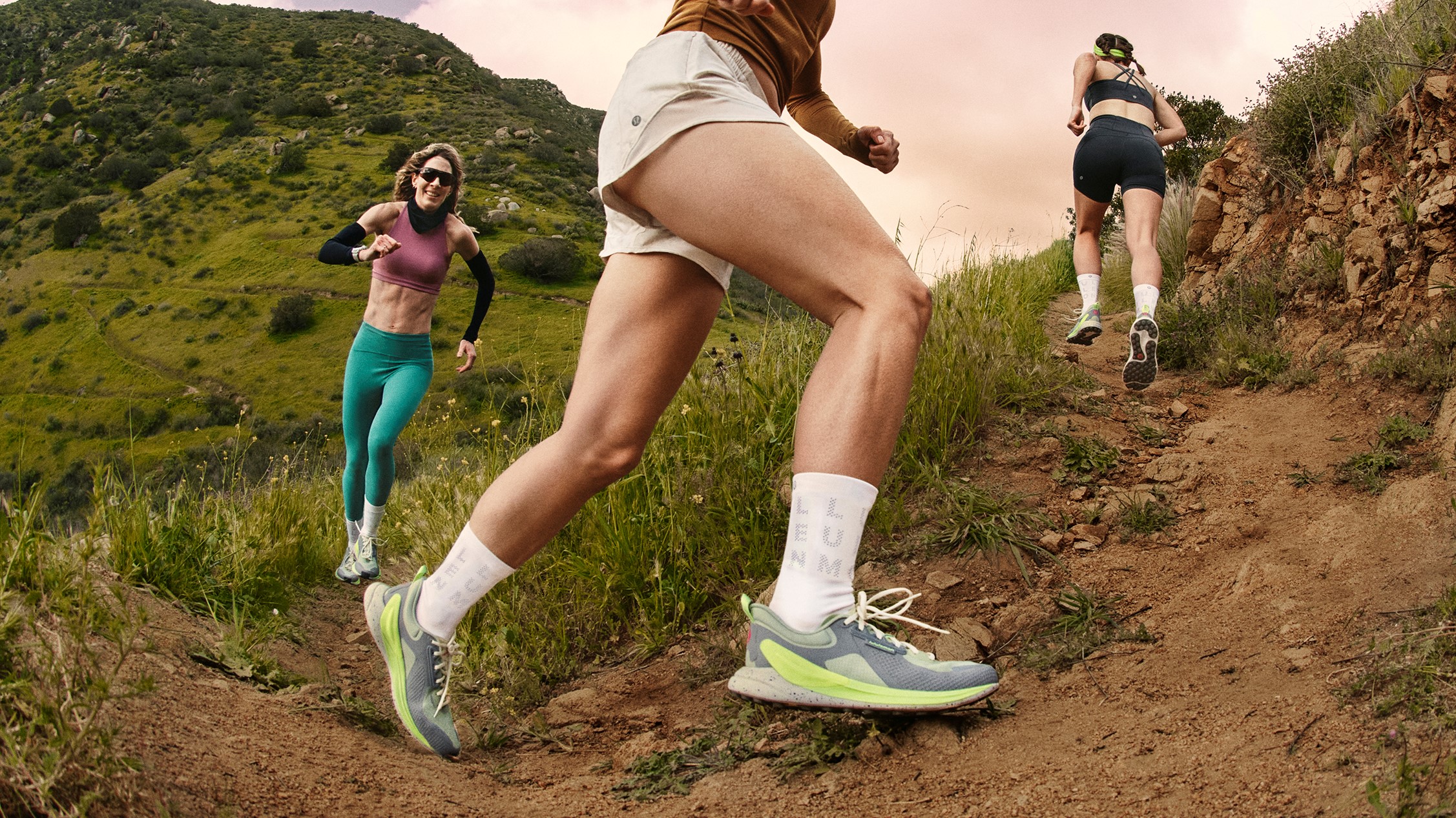
We highly recommend you invest in a pair of the best trail running shoes rather than standard running shoes. Trail trainers are designed to offer superior traction, stability, and protection on diverse and rugged terrains, unlike regular running shoes.
They typically feature an aggressive outsole with deeper lugs, which helps to ensure a stronger grip when encountering uneven surfaces such as dirt, mud, rocks, and roots on the trails.
Hoka Speedgoat 5: $155 @REI
With a lightweight yet durable design, the Hoka Speedgoat 5 features a wide platform and generous cushioning to provide stability and support on varied terrain. The Vibram Megagrip outsole offers excellent grip on both wet and dry surfaces, while the breathable upper with reinforced overlays provides durability and protection against trail debris.
2. Hydration & food
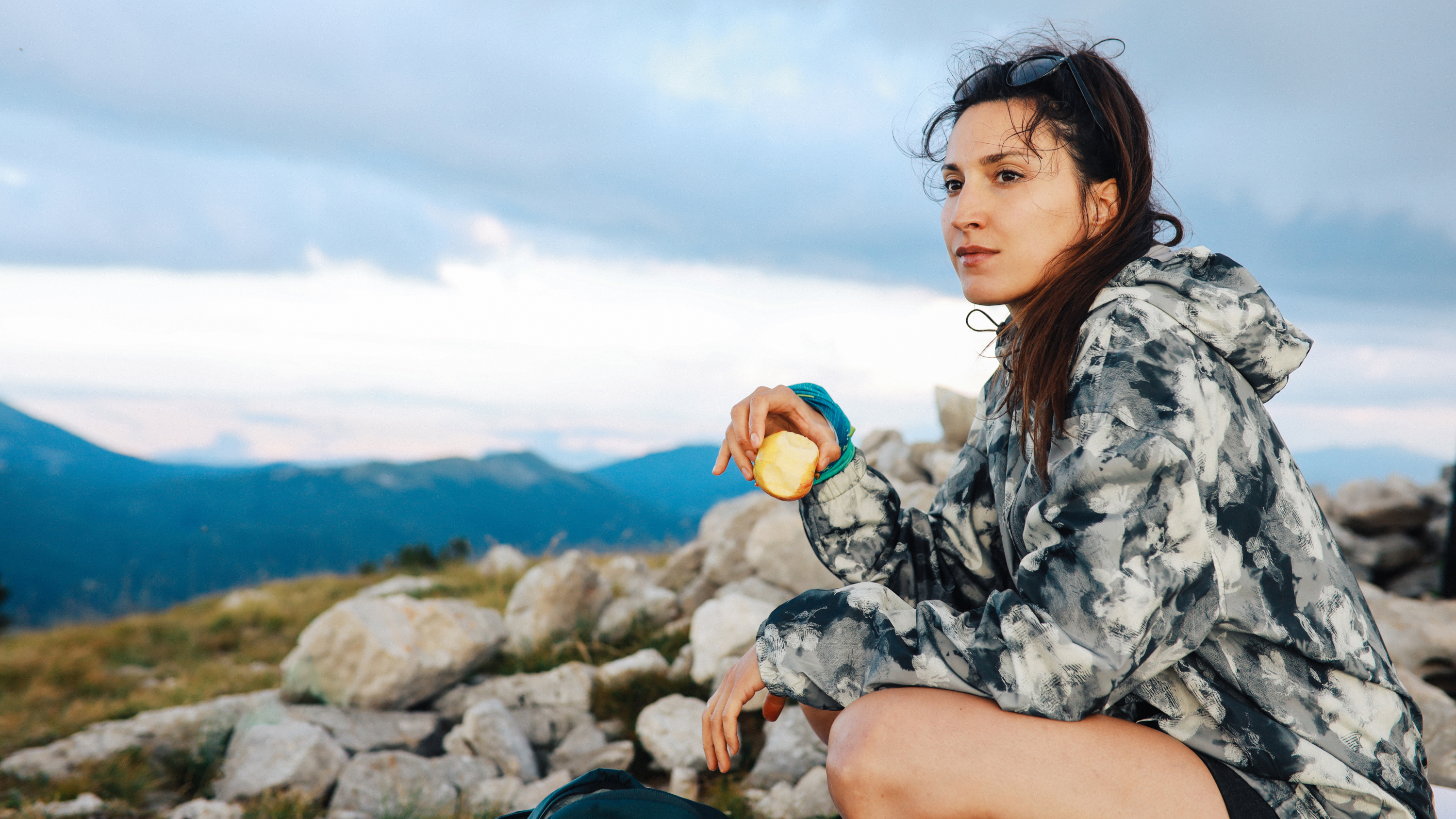
Hydration is key for all types of runners as you lose electrolytes through sweat when you run and need to replenish them in order to avoid dehydration. Hydration is especially important for hitting the trails due to the longer durations and mix of weather conditions you can expect to encounter.
It’s worth getting your hands on some electrolyte drinks or electrolyte supplements that can be dissolved in your water. Doing so will help prevent dehydration and electrolyte imbalances, which can lead to muscle cramps, fatigue, and decreased performance.
It's worth experimenting with different electrolyte drink options on your shorter runs to ensure they agree with your body — after all, you won't find many bathrooms or toilets on the trails.
You can easily carry your water and electrolyte drinks in one of the best hydration backpacks, which are game changers when hitting the trails. Designed to carry your water supply in a non-obtrusive way, many models feature things like straws for convenient, hands-free hydration.
You should also pack your favorite fueling snacks or energy gels to sustain energy levels during your trail runs.
Salomon ACTIVE SKIN 8: $107 @ Amazon
This is a great hydration pack for a mix of trail distances and conditions, hence why it’s number one in our hydration backpack roundup. Our testers loved how it felt like a second skin on their body while carrying up to eight liters of water on the move.
3. Suitable clothing
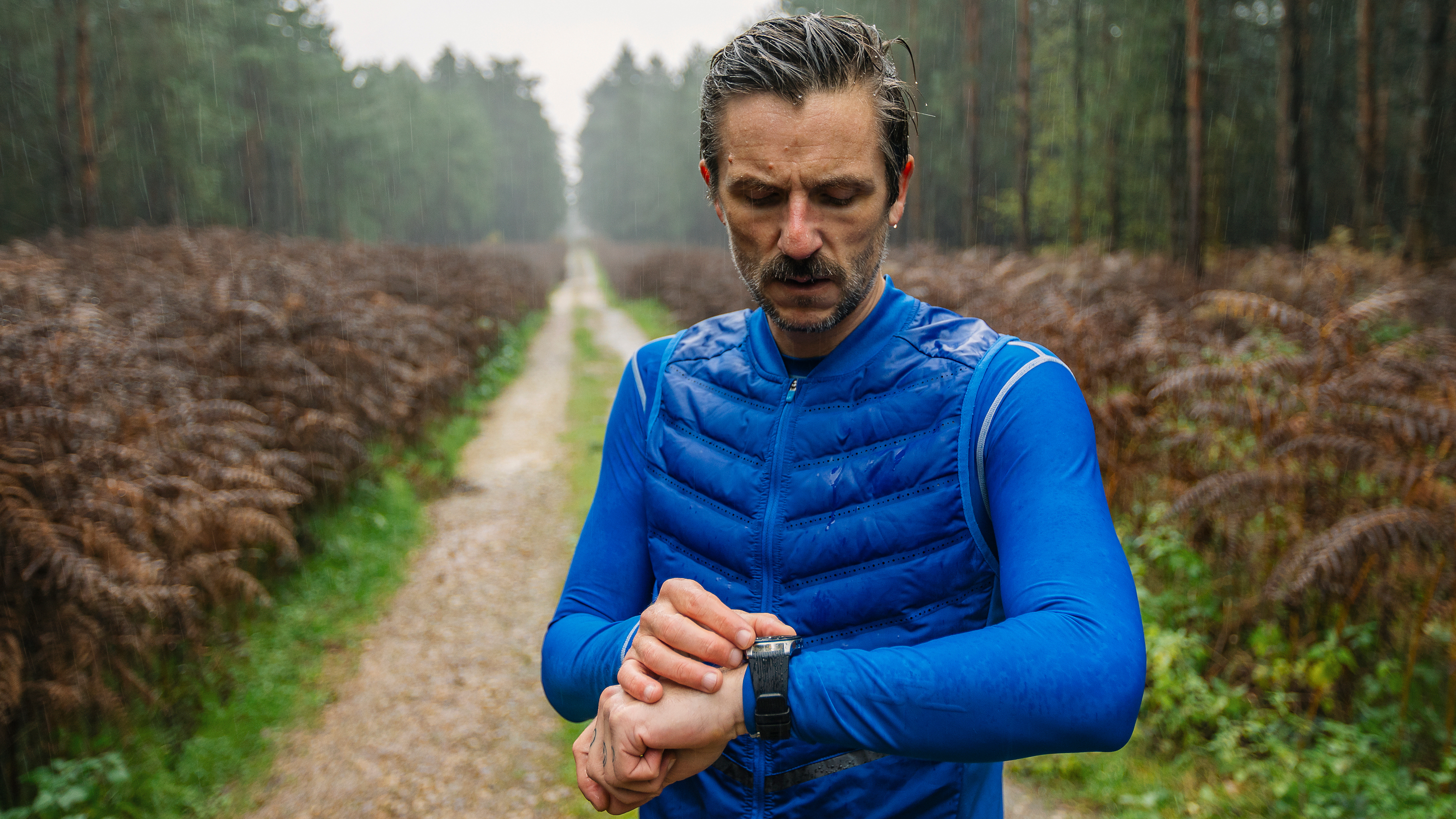
Trail running exposes you to a variety of weather conditions and it seriously pays to prioritize comfort and practicality over looking cool when it comes to dressing for a trail adventure.
It will help to focus on moisture management, weather protection, and freedom of movement when selecting your trail running gear. Here are some key considerations to guide your choices.
Opt for moisture-wicking t-shirts and either shorts or leggings to keep sweat away from your skin. Avoid cotton, as it retains moisture and can cause chafing and discomfort.
Layering is essential. Start with a moisture-wicking base layer regardless of the temperature. In colder weather, add a lightweight insulating layer, or opt for a breathable outer layer to shield yourself from wind and rain.
Don't forget sunscreen, even on overcast days the UV rays can penetrate clouds. Similarly, wearing a cap will also provide sun protection and guard against flying debris.
You might also find it worthwhile considering wearing compression socks or calf sleeves to reduce blisters, swelling, muscle fatigue, and to aid post-run recovery.
Norvan Windshell Hoody: $200 at REI
Crafted with 13-denier GORE-TEX fabric, the Norvan Windshell Hoody offers excellent waterproof and windproof protection, ensuring you stay dry and comfortable even in the harshest conditions. Featuring GORE C-KNIT backer technology, this hoody is not only lightweight and soft but also highly breathable, preventing overheating during intense activities.
4. Navigation
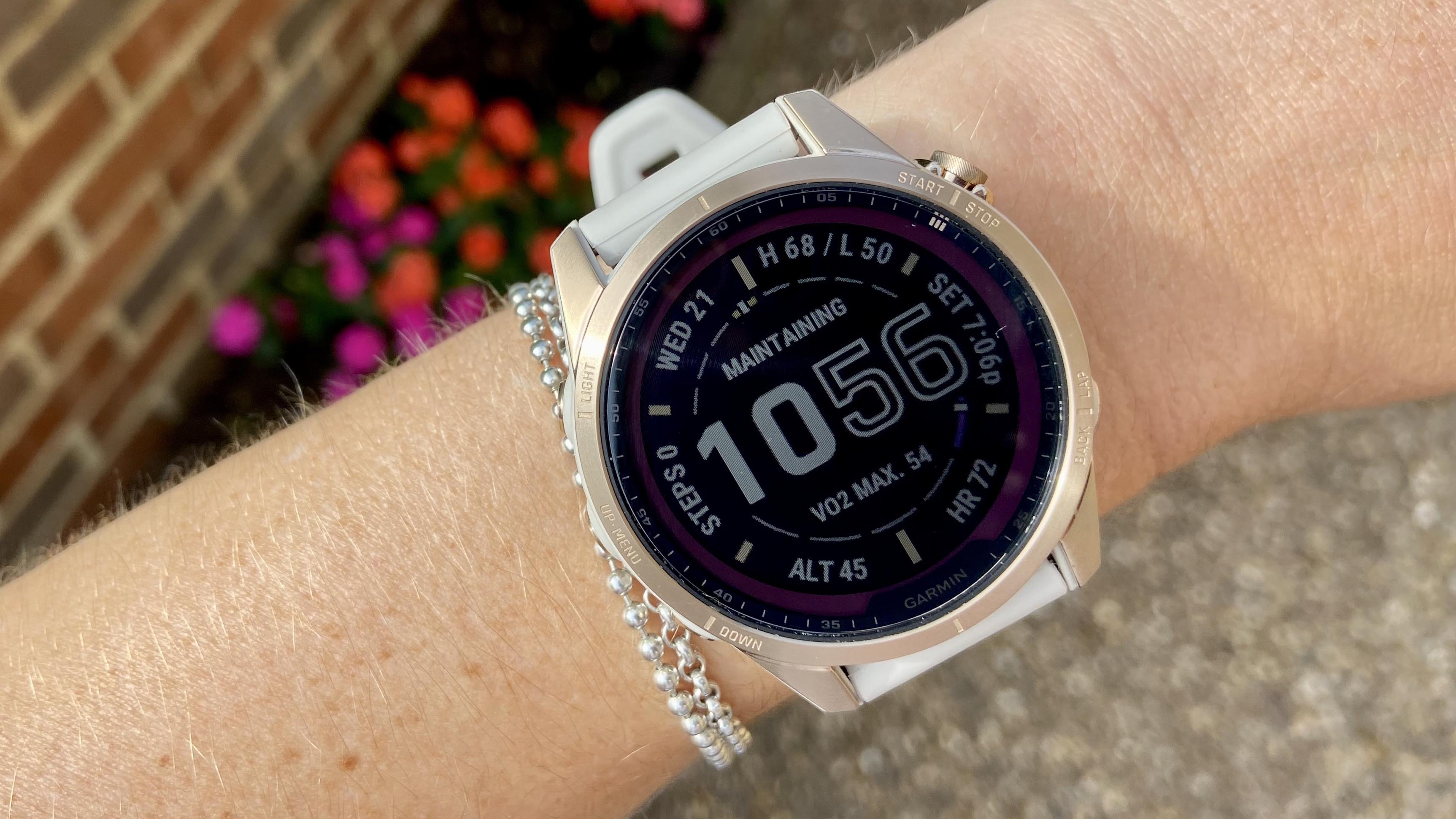
It’s easy to get into trouble out on the trails and this is where a navigation tool can help you find your way back to familiar terrain or help people find you if needed.
Planning your route before heading out is wise; while trail running offers adventure, it's important to have a rough idea of your route and to inform someone of your plans.
For navigation, you can opt for traditional printed trail maps for preplanning, though they may not withstand wet weather during the run. Alternatively, GPS devices like the best sport watches equipped with location-tracking functionalities allow trail runners to track their real-time location, navigate preloaded routes, and mark checkpoints along the way.
Additionally, various trail navigation apps are available for smartphones, some of which can sync with your smartwatch.
Garmin Epix Pro: $1,099 at BestBuy
The Garmin Epix Pro stands out as a top choice for trail runners due to its robust features and durability. With a large, high-resolution touchscreen display and preloaded maps, it provides detailed navigation even in remote areas.
5. Emergency essentials
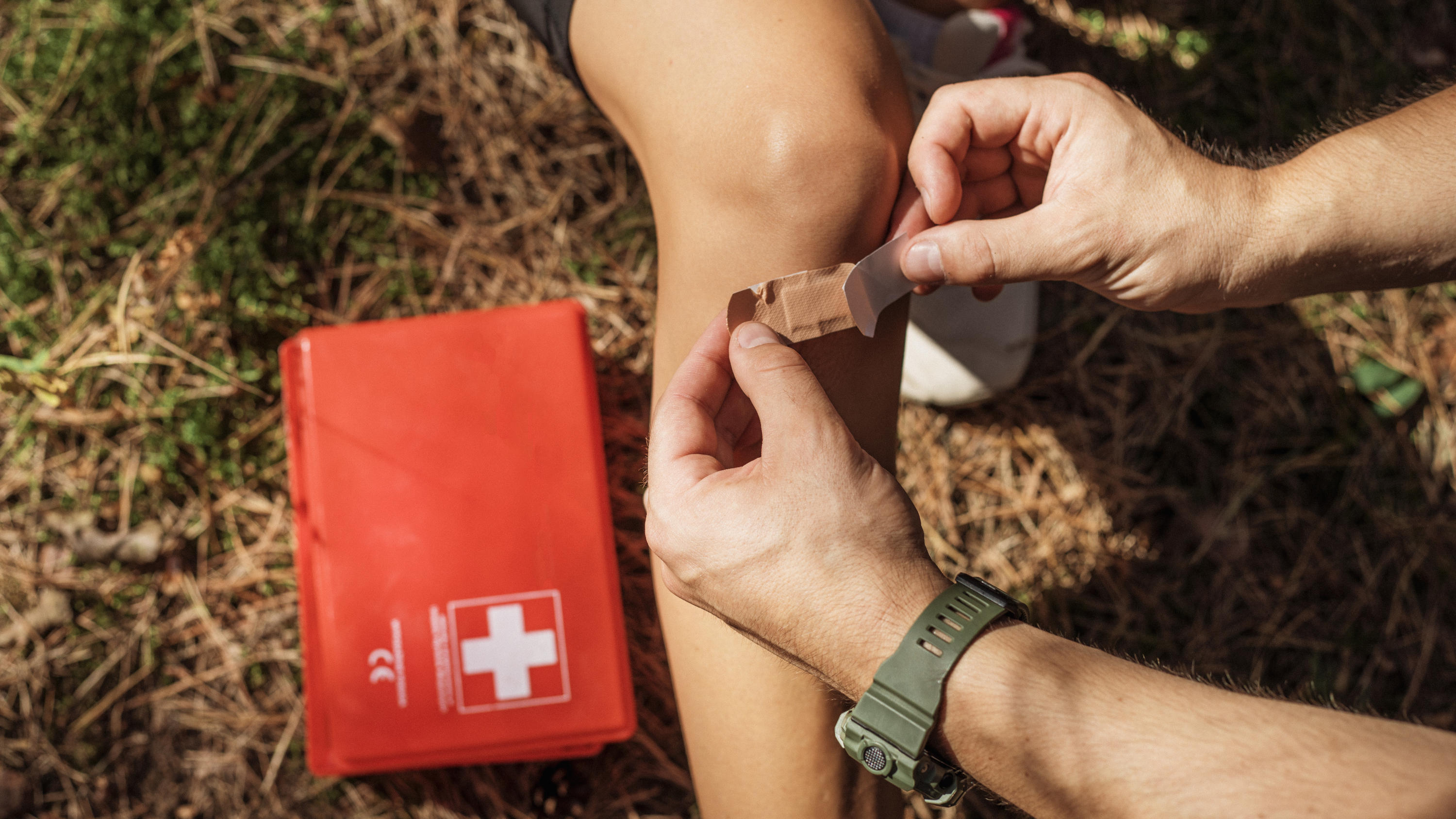
Hopefully, you won’t find yourself in any serious trouble out on the trails but as with any sport, there are risks that come with trail running. Although it's an extra thing to remember, packing a compact first aid kit with essentials like antiseptic wipes, blister treatment, pain relievers, and bandages can be a lifesaver.
You should always aim to carry a fully charged cellphone with emergency numbers saved, including local emergency services and contacts for friends or family.
At some point in your trail running adventures you may end up running in low-light conditions or unexpected darkness so consider bringing a small flashlight, headlamp, or portable lantern for navigating in low-light conditions or unexpected darkness.
Additionally, a whistle is a small but very helpful item to carry on you to help draw attention to yourself if you have a fall or become stuck in any tricky terrain and if running in remote areas where water sources are available but not guaranteed safe to drink, consider carrying water purification tablets.
General Medi Mini First Aid Kit: $13 @ Amazon
This miniature first aid kit's lightweight and compact design makes it easy to carry on the trails, providing peace of mind for small traumas during outdoor adventures. Built to last, this kit ensures durability and high-quality care when you need it most on your trail runs.
More from Tom's Guide
Sign up to get the BEST of Tom's Guide direct to your inbox.
Get instant access to breaking news, the hottest reviews, great deals and helpful tips.
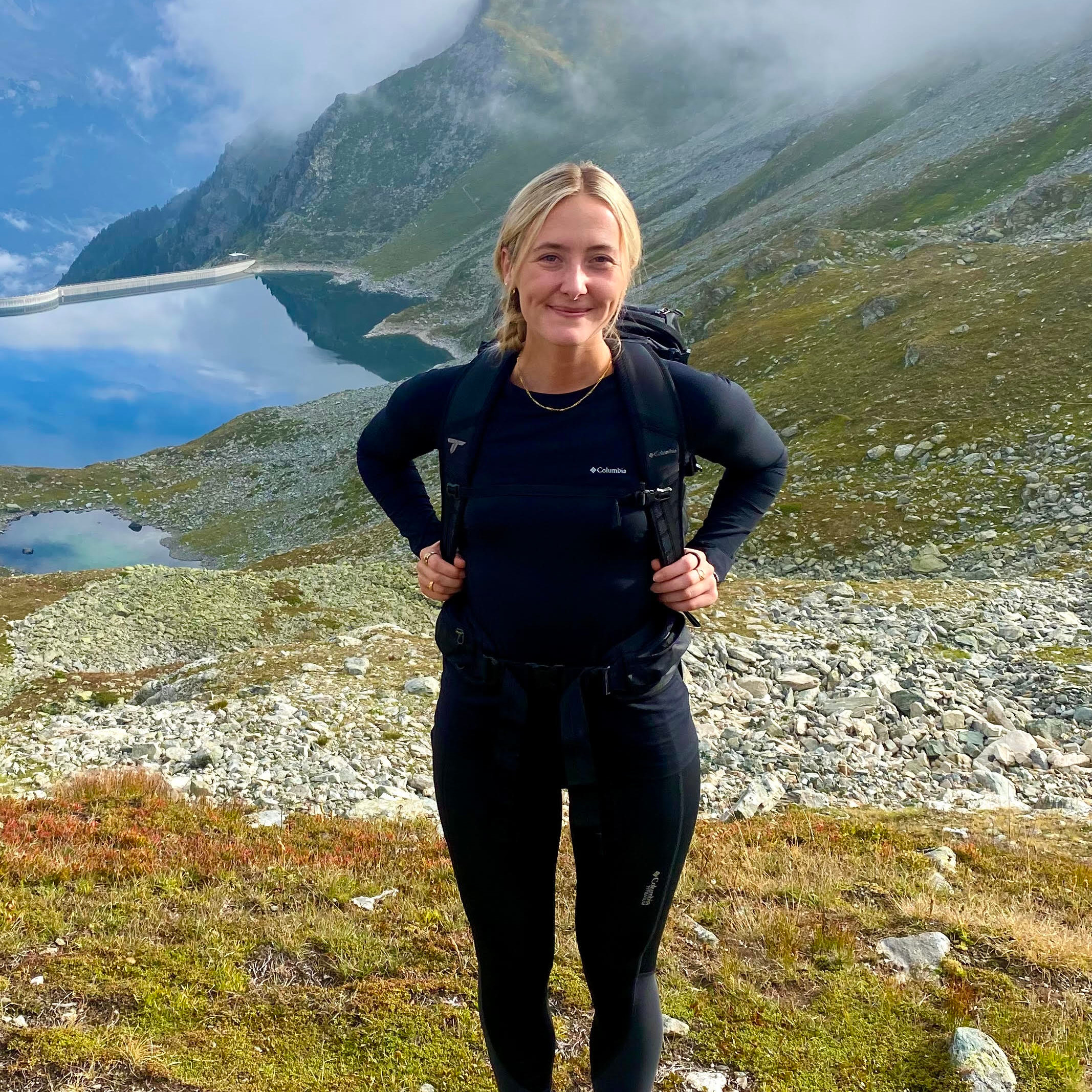
Jessica has been a fitness writer at Tom’s Guide since 2023, bringing three years of experience writing about health, fitness, and the great outdoors. Her passion for exercise began during her childhood, where she spent weekends hiking and competing in local athletics club events. After earning a master’s degree in journalism from Cardiff University, Jessica found the perfect way to combine her love of storytelling and fitness into a career.
Jessica is passionate about testing fitness gear and tech, using her reviews to help readers make informed buying decisions. She ran her first marathon in April 2024, finishing it in 3 hours and 48 minutes. Through her training, she’s developed a deep understanding of what it takes to grow as a runner, from effective workouts and recovery techniques to selecting the right gear for every challenge.
When she’s not at her desk, Jessica enjoys spending time in the kitchen crafting new recipes, braving cold water swims and hiking.
